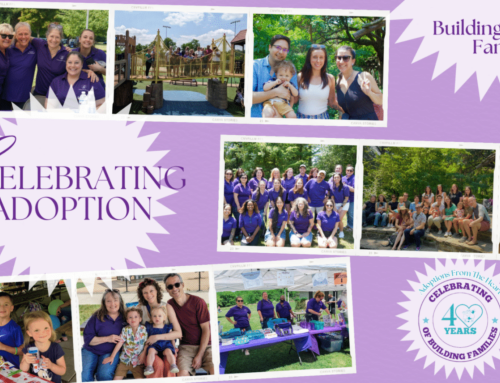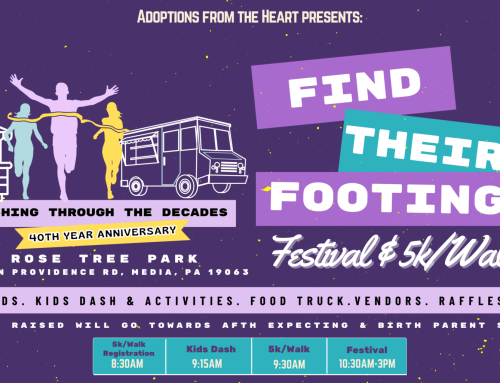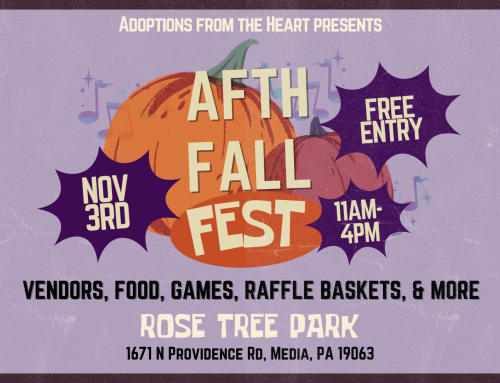Lehigh County is home to 53 properties and districts listed on the National Register of Historic Places. Our Allentown adoption agents love taking our families to explore these numerous sites, which can help provide insight into the history of our region and how far society has progressed over the years. Burnside Plantation is one of our favorite historical destinations in the region, where you can learn about agriculture and farm life during the 19th and 18th centuries. This plantation has functioned as a farm since its original purchase and has doubled as a historical attraction since first being listed on the National Register in 1990. Some of our favorite features of Burnside Plantation include:far
Farmhouse
The farmhouse was in operation for 70 years, from 1748-1818. It was built by James and Mary Burnside, and was used as a workshop for building organs from 1760-1765. The farmhouse also features a beehive oven positioned against one wall of the kitchen, which was likely used during the process of building the instruments.
Summer Kitchen
In 1825, a summer kitchen was added to the property. This was built so that the heat from cooking wouldn’t excessively warm the farmhouse during the hot summer months. These days, the summer kitchen is a popular spot for festivals and special events.
Orchard
The plantation is home to an apple orchard, which the residents used to make pies, apple butter, cider, and dried apples. Each year, the orchard and the rest of Burnside Plantation are used as the site of the Apple Days event. In 2018, this event will be held on the 8th and 9th of September.
Louise Dimmick Garden
Take a walk through the garden and you’ll be taking a walk through the past, as it acts as a representation of a colonial American Kitchen Garden. The garden is named for a volunteer and features a variety of herbs, spices, vegetables, and flowers.
Corn Crib & Wagon Shed
The corn crib and wagon shed are estimated to have been built in the 1800s. Other nearby buildings including a sheep stable, smokehouse, milk cellar, and lime kiln have unfortunately been lost over the years.
Johnson Barn
The Johnson Barn is a 19th-century bank barn which was built for additional on-site storage. Farmers would bring their grain here using wagons and drive up the ramp to the threshing floor. There was a stable on the lower level of the barn.
Barnyard
During the 1800s, the barnyard was where horses, cows, and other farm animals held in stables could have some time to roam free. The farmers would compost manure and spread it on the farm fields before plowing during the spring and summer months.
High Horse-Powered Wheel
This is one of our favorite features here. With this machine, one horse could do the same amount of work as fifteen men. Today, the restored High Horse-Powered Wheel is used to teach visitors about colonial agricultural technology.
Haas Barn
Similar to the Johnson Barn, the Haas barn is a smaller 19th-century bank barn. It’s used today as a children’s activity center.
Road to Nain
Nain was a village built by Moravians and Native American converts to Moravianism. The only remaining structure is the Nain-Schober House, which was built in 1758, moved to Bethlehem in 1765, and restored in 2012.





